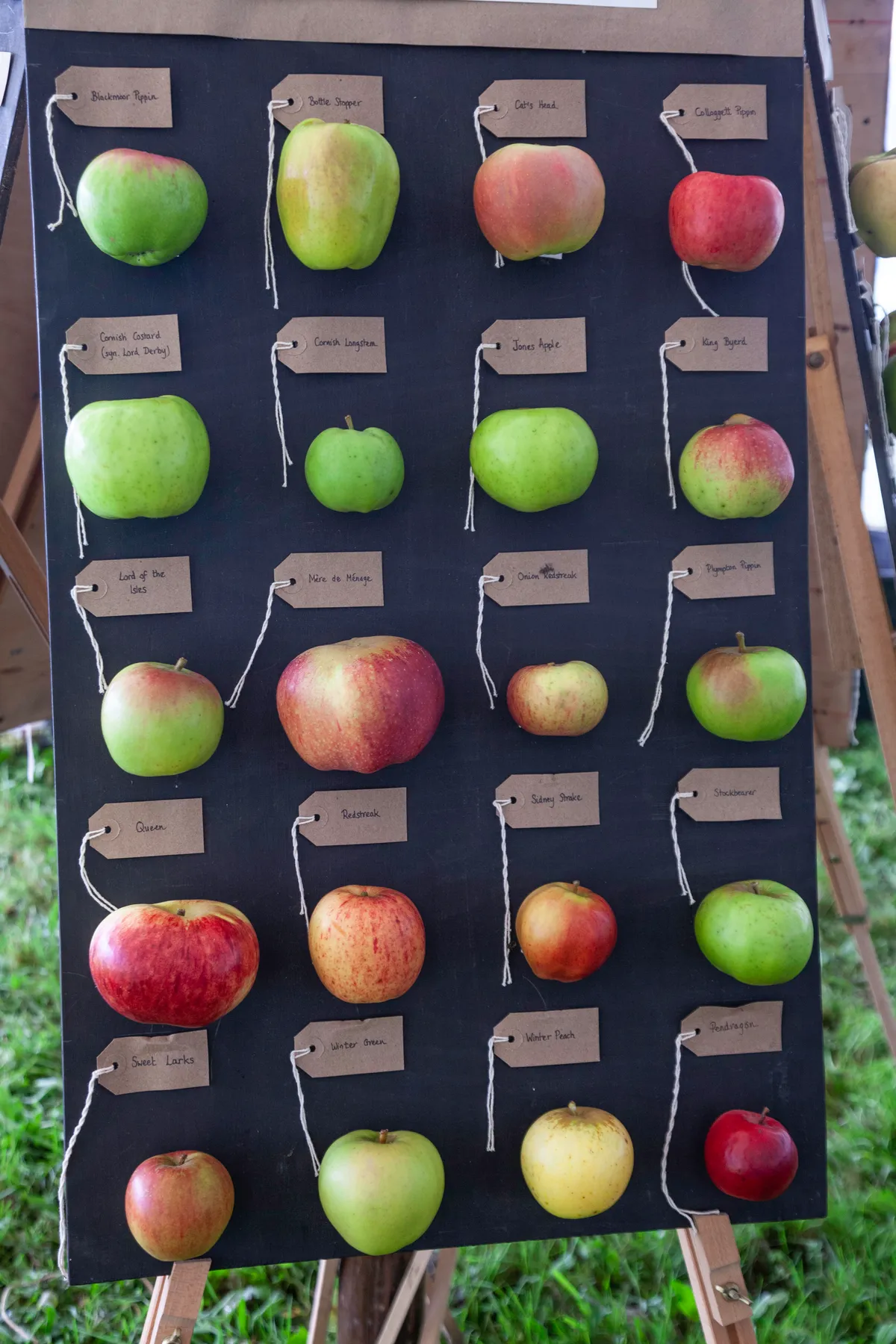The National Trust currently looks after nearly 200 orchards, mainly planted with traditional apple varieties, but also plum, pear and damson.
There has been a 63 per cent decline in orchards since 1950 but the National Trust plan to halt the decline, as well encourage wildlife, by creating 68 new orchards across England and Wales by 2025.
“We identified traditional orchards as being of particular importance because they provide the perfect for home for a variety of birds, pollinators and insects, as well as being great for people,” says Dr David Bullock, head of species and habitat conservation at the National Trust.
The estimated area of traditional orchards currently in the UK is 253.5 square kilometres, making it one of the rarer priority habitats and the Trust is keen to reverse their decline.
Traditional orchards are far better for wildlife than commercial ones because they often contain very old trees, wildflower meadows are often encouraged to grow to encourage pollinators, and are usually kept free of pesticides.

“Every tree is precious because it can become a home for wildlife such as the lesser spotted woodpecker, bats and mistletoe moth,” adds Bullock.
“Older trees spaced widely provide sunlight, shade, grasslands, wild flowers, blossom and their resulting fruit. The characterful trees, also often have dead wood, are very attractive to a range of insects and their prey; birds and bats.”
Traditional orchards were listed as one of the 65 Priority Habitats in the Natural Environment and Rural Communities Act 2006.
